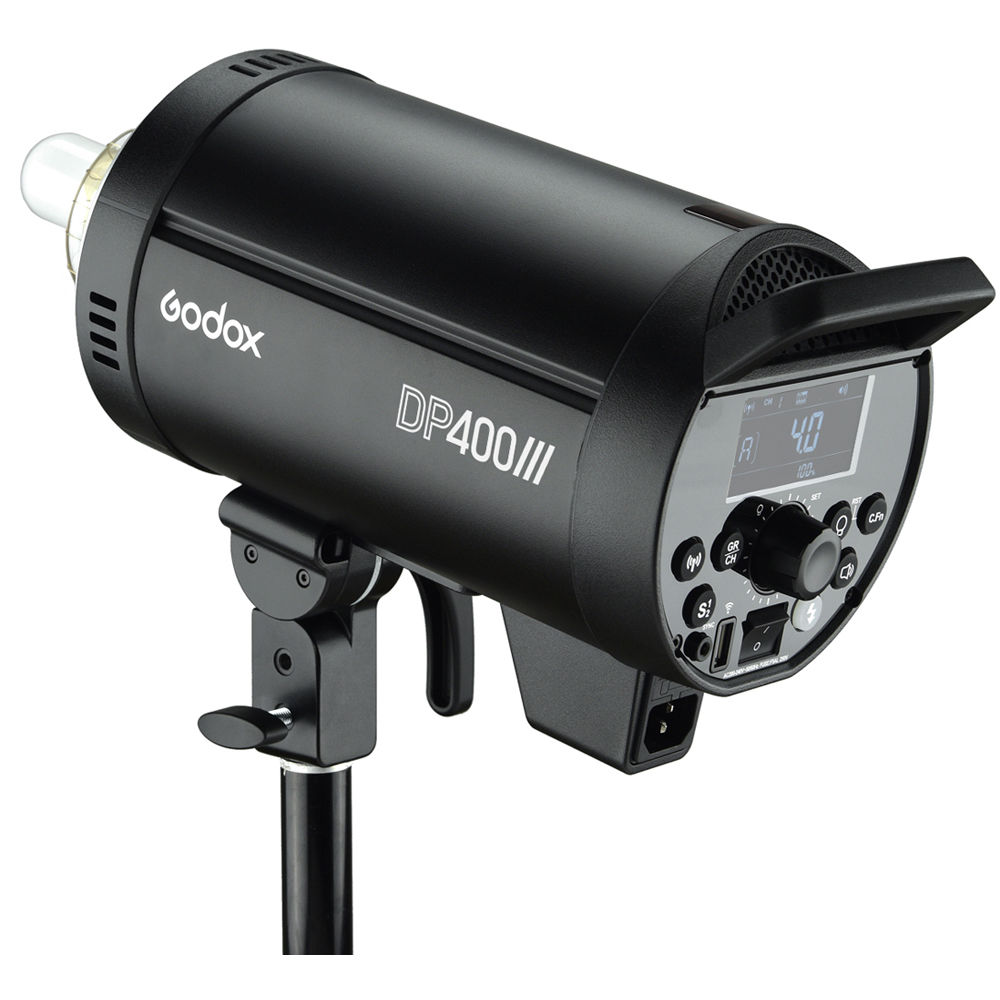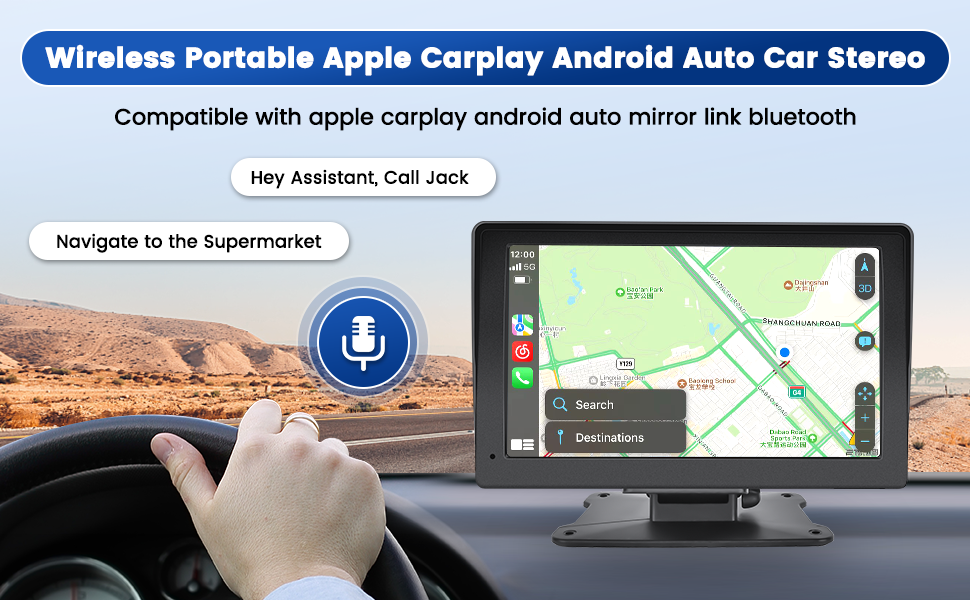Photographing Parties with Portable Flashes: Tips for Beginners
Let’s be honest: party photography can be a wild ride. Low light, chaotic movement, and a general atmosphere of unrestrained fun all present unique challenges for even seasoned photographers. But fear not, aspiring party snappers! This guide will focus on conquering these hurdles using portable flashes, transforming your party photos from blurry messes into vibrant, memorable keepsakes. We’ll cover everything from basic flash techniques to advanced lighting setups, ensuring you capture the energy and excitement of the event.
Why Portable Flashes Are Your Best Friend at Parties

Forget relying solely on your camera’s built-in flash – that tiny little light will leave your subjects looking washed out and flat. Portable flashes, also known as speedlights, offer significantly more power and control. They allow you to sculpt the light, reducing harsh shadows and creating a more professional look. Their portability is key for navigating crowded party spaces, allowing you to move quickly and capture those fleeting moments.
Understanding Flash Power and Settings
Your flash’s power is measured in guide numbers (GN). A higher GN means the flash can illuminate subjects farther away. Knowing your flash’s GN and the ISO and aperture you’re using is crucial for proper exposure. Experiment with your flash’s power settings (usually measured in stops or fractions of stops) to find the right balance between brightness and avoiding overexposure. Many modern flashes offer TTL (Through-the-Lens) metering, which automatically adjusts the flash power for you, but learning to manually control your flash offers much greater creative freedom.
Mastering Flash Modifiers: Shaping Your Light

The raw light from a flash is often harsh and unflattering. This is where flash modifiers come into play. They dramatically alter the quality and direction of your flash’s output. Here are a few essential modifiers for party photography:
- Diffusers: These soften the light, reducing harsh shadows and creating a more natural look. Softboxes and umbrellas are popular choices, but even a simple bounce card (a small white or translucent card attached to your flash) can make a big difference.
- Reflectors: These redirect light, filling in shadows and adding dimension to your photos. You can use a dedicated reflector or even a white wall or ceiling to bounce your flash’s light.
- Gels: These colored filters change the color temperature of your flash, allowing you to create dramatic effects or match the ambient lighting of the party.
Bounce Flash: The Unsung Hero of Party Photography
Bouncing your flash off a ceiling or wall is a fantastic technique for softening the light and creating a more natural, ambient feel. It’s particularly effective in larger venues. Experiment with different bounce angles to find what works best for your environment. Keep in mind that highly colored or textured surfaces can alter the color and quality of your bounced light.
Creative Lighting Techniques for Party Shots
Don’t be afraid to get creative! Try these techniques to add more dynamism to your party photos:
- Backlighting: Position your flash behind your subjects to create a dramatic silhouette effect. This is particularly effective when combined with a darker background.
- Rim Lighting: Position your flash to the side and slightly behind your subjects to create a subtle highlight along their edges. This adds depth and separation from the background.
- Multi-Flash Setup: If you have multiple flashes, experiment with using them to light different areas of the scene, creating a more balanced and interesting composition.
Camera Settings for Flash Photography

Using flash effectively requires adjusting your camera settings. Here are some important considerations:
- Shooting Mode: Use Manual (M) mode for maximum control over your exposure. Alternatively, Aperture Priority (Av or A) mode can be helpful for controlling depth of field.
- ISO: Keep your ISO as low as possible to minimize noise. However, in very low-light situations, you may need to increase it slightly.
- Aperture: Choose an aperture that provides sufficient depth of field to keep your subjects in focus. A wider aperture (smaller f-number) will create a shallow depth of field, blurring the background.
- Shutter Speed: Your shutter speed will depend on the ambient light. Use a shutter speed fast enough to freeze motion but slow enough to avoid overexposing the background.
Troubleshooting Common Flash Photography Problems
Even with the best equipment, challenges can arise. Here’s how to tackle some common issues:
- Red-Eye: Use your flash’s red-eye reduction setting or try bouncing your flash to minimize red-eye.
- Harsh Shadows: Use diffusers or bounce your flash to soften the light.
- Uneven Exposure: Adjust your flash power or move your flash to better illuminate your subject.
Practice Makes Perfect

The best way to master party photography with portable flashes is to practice. Experiment with different settings, modifiers, and techniques. Don’t be afraid to make mistakes – they’re valuable learning experiences. Attend smaller gatherings or even practice at home to hone your skills before tackling larger, more dynamic events. The more you practice, the more confident and creative you’ll become, capturing stunning party memories that will last a lifetime.
Keywords:
Party photography, portable flash, speedlight, flash modifiers, bounce flash, lighting techniques, camera settings, photography tips, beginner photography, low light photography, event photography, night photography, flash photography tutorial.


